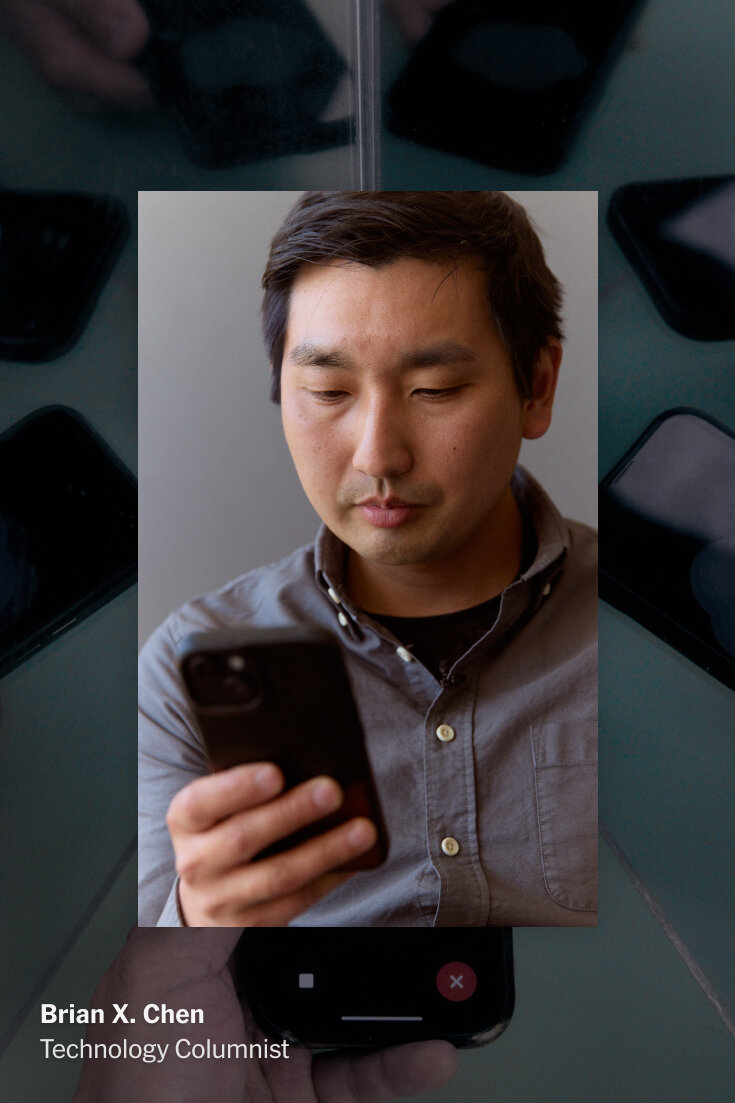When OpenAI unveiled the latest version of its immensely popul ar ChatGPT chatbot
To my chagrin, the demo turned out to be essentially a bait and switch. The new ChatGPT was released without most of its new features, including the improved voice (which the company told me it postponed to make fixes). The ability to use a phone’s video camera to get real-time analysis of something like a math problem isn’t available yet, either.
Amid the delay, the company also deactivated the ChatGPT voice that some said sounded like the actress Scarlett Johansson, after she threatened legal action, replacing it with a different female voice.
For now, what has actually been rolled out in the new ChatGPT is the ability to upload photos for the bot to analyze. Users can generally expect quicker, more lucid responses. The bot can also do real-time language translations, but ChatGPT will respond in its older, machine-like voice.
Nonetheless, this is the leading chatbot that upended the tech industry, so it was worth reviewing. After trying the sped-up chatbot for two weeks, I had mixed feelings. It excelled at language translations, but it struggled with math and physics. All told, I didn’t see a meaningful improvement from the last version, ChatGPT-4. I definitely wouldn’t let it tutor my child.

Thank you for your patience while we verify access. If you are in Reader mode please exit and log into your Times account, or subscribe for all of The Times.
Thank you for your patience while we verify access.
Already a subscriber? Log in.
Want all of The Times? Subscribe.